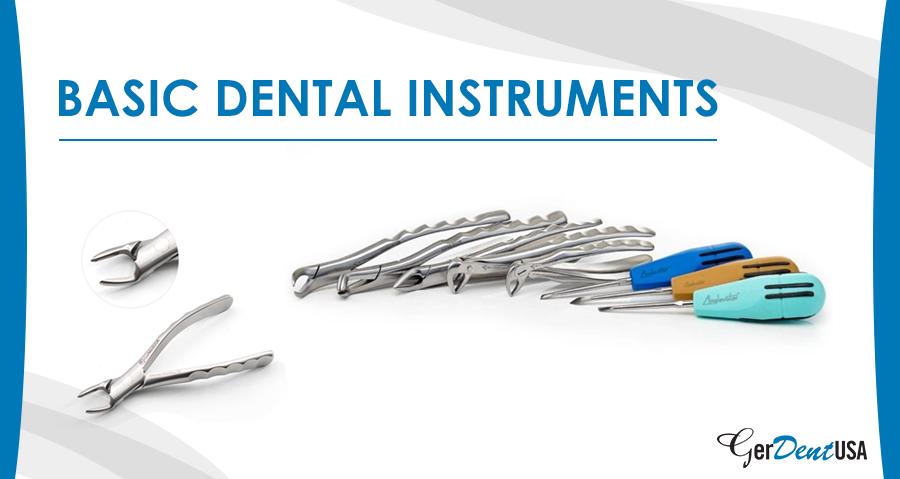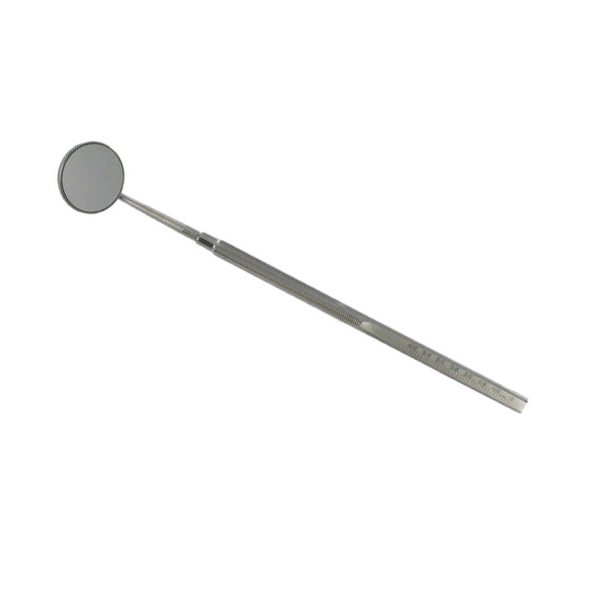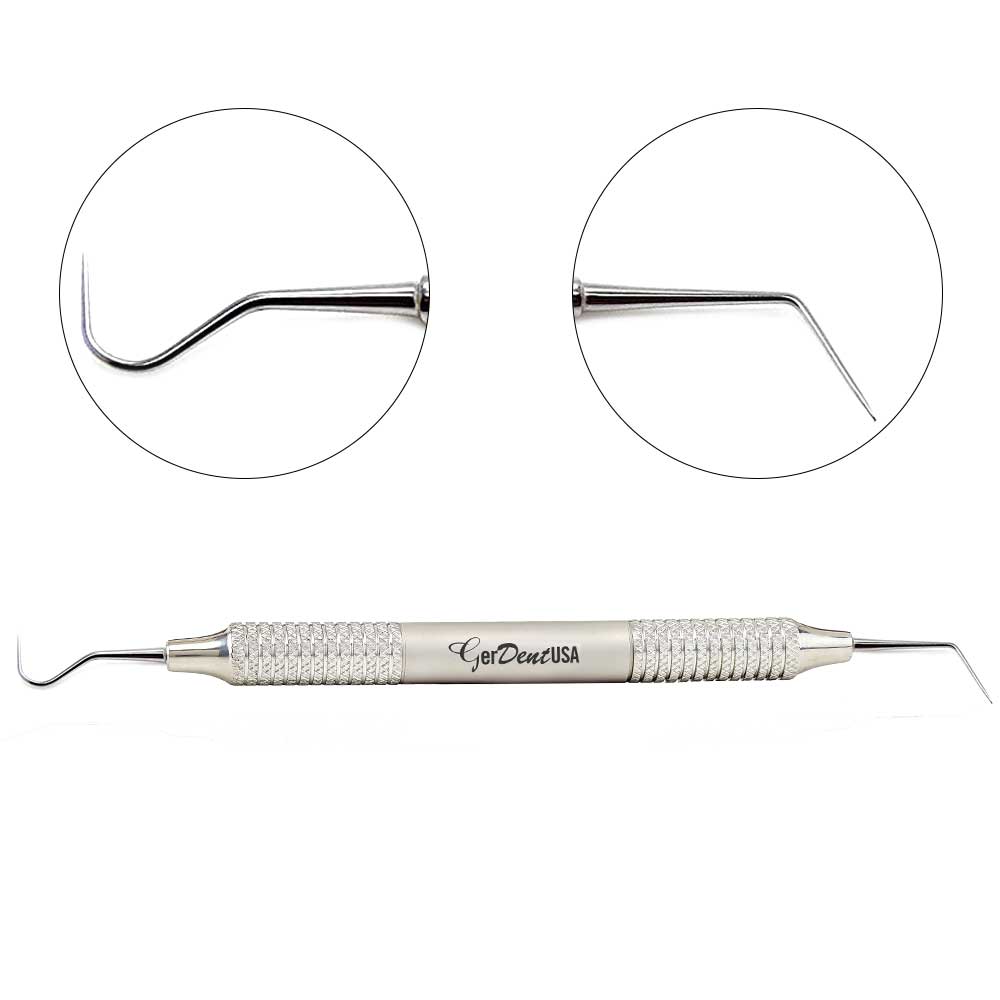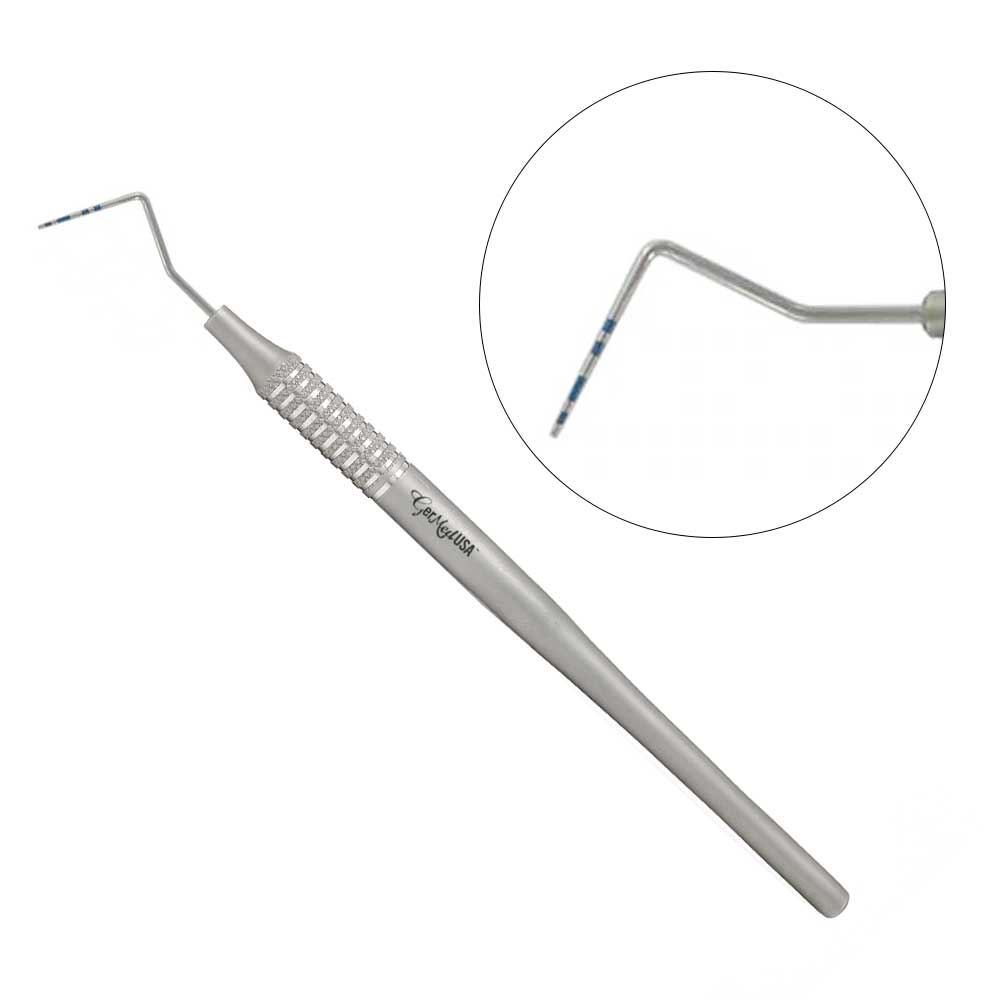There is an extensive armamentarium that comes in use for various dental procedures. However, all procedures require basic diagnostic equipment that is used as the first-line dental instruments. The primary dental instruments are handheld tools that aid the clinician in problem identification and site exploration to rule out an effective treatment plan. For example, basic instruments in operative dentistry include a high-speed rotating handpiece, dental files, spreaders, etc. The common tools used during every dental procedure are discussed in the following article.
What are the 4 Basic Dental Instruments?
Basic dental tools include the Mouth mirrors, Dental explorers, Periodontal probes, college pliers, etc. All such instruments have the same design, a handle, shank, and sharp blade. The blade/ working end of the equipment is known to perform all of the work during dental surgery. The shank is the connection between the blade and the handle. It has many bends that make accessing different areas of the mouth easy. The bends also avoid shank twisting due to pressure from the working end. The handle is the portion that the operator holds.
Let's explore these 4 basic dental instruments.
Dental Mirror:
The dental mirror is an essential part of the kit. It contains a handle with a small round top on which a circular mirror is mounted. The mirror aids the clinician in viewing aspects of the tooth that are not otherwise visible. The mouth also aids the operator in retracting soft tissues from the tongue, cheeks, and lips that may hinder the surgical site.
Dental Explorer:
The dental explorer is an instrument used for exploring the tooth for decay and other anomalies. It has a handle, shank, and a pointed sharp tip that may be curved at one end of the instrument. The tip is shaped like a hook and is known to enhance tactile sensation. Besides that, the explorer aids in the location of caries, detection of biofilm, and calculus. It contains three main design types: the Orban type, Cowhorn type, 11, and 12 type explorer.
The Cowhorn type explorer comes into use in shallow pockets or normal sulci. It is used where the pocket does not extend more than the cervical third of the root. The Orban type dental explorer is used to detect subgingival calculus on the anterior root surfaces and posterior teeth' facial and lingual surfaces. The 11/ 12 type explorer has a very complex shank design and can be used anywhere in the mouth. The complex long shank design enables the clinician to access the anterior and posterior surfaces of teeth. The clinician must be aware of the different designs and uses of the explorer to avoid any trauma inside the mouth.
While using explorers, dental surgeons should use short strokes. Besides that, many overlapping, multi-directional strokes can also be made while accessing the root surface. While in the proximal surfaces of teeth, only the tip of the explorer comes into use. Pulling and reinserting the tip may cause unnecessary gingival trauma.
The Periodontal Probe:
The periodontal probe is an instrument that examines the gum health of the patient. Linear millimeter markings guide the clinician regarding the gingival health of a patient. The graduated instrument has a blunt/ rounded tip used in measuring the periodontal probing depth. Besides that, it also determines the degree of gingival inflammation and furcation involvement of teeth. Due to its narrowly rounded probe edge, it is easier to insert into the gingival sulci.
College Pliers:
The college pliers are the basic dental tools that grasp and transfer material in and out of the oral cavity. The instrument has an angled working end that ensures easy grasping. The serrated tips of college pliers work with less force and offer firm grasping to the surgeon. These instruments carry cotton pellets, dressing material, and other small instruments to be placed into the mouth. The self-locking handle ensures optimal grasp and retraction during a dental procedure. The self-locking mechanism also prevents muscle tremors in the operators.
Basic dental instruments come into use before initiating any dental procedure. The instruments must be efficient, versatile, sharp, and durable.
GerDentUSA Inc. manufacturer and supplier of dental surgical instruments offers a wide range of high-quality dentistry tools. All the instruments are crafted from high-grade German surgical stainless material.





